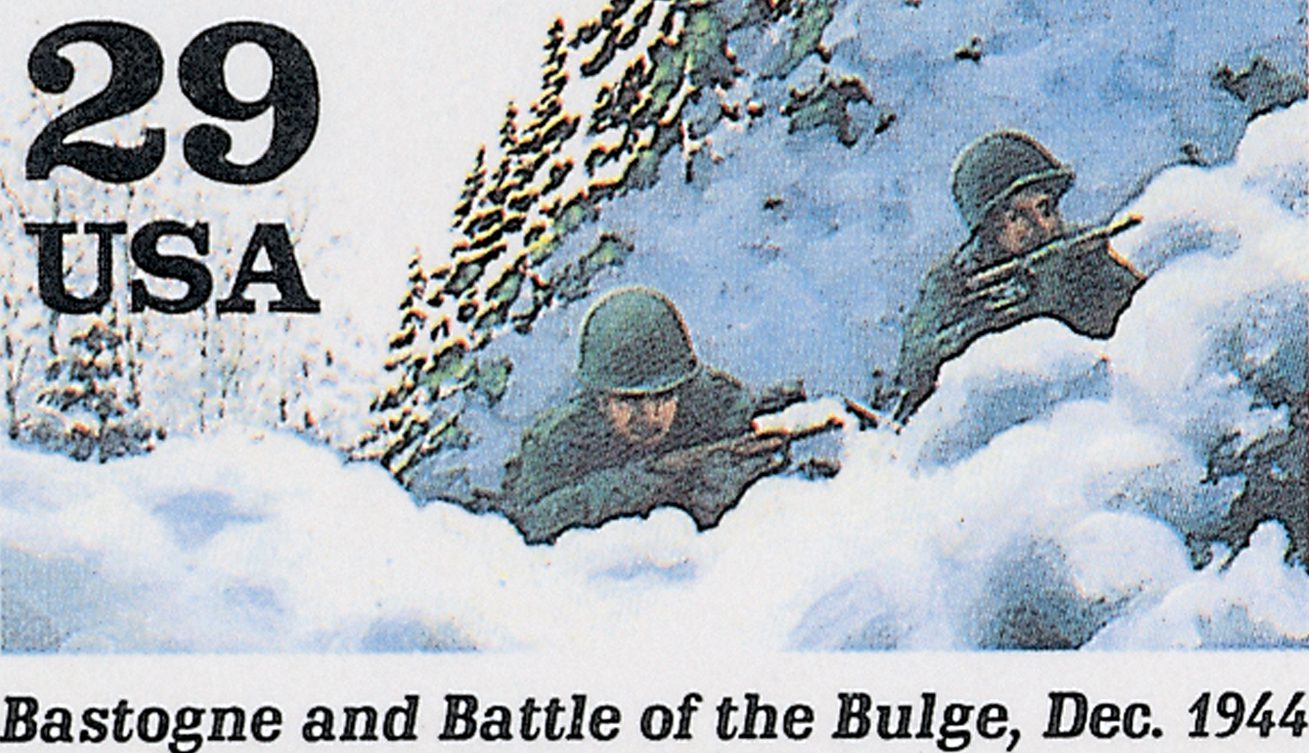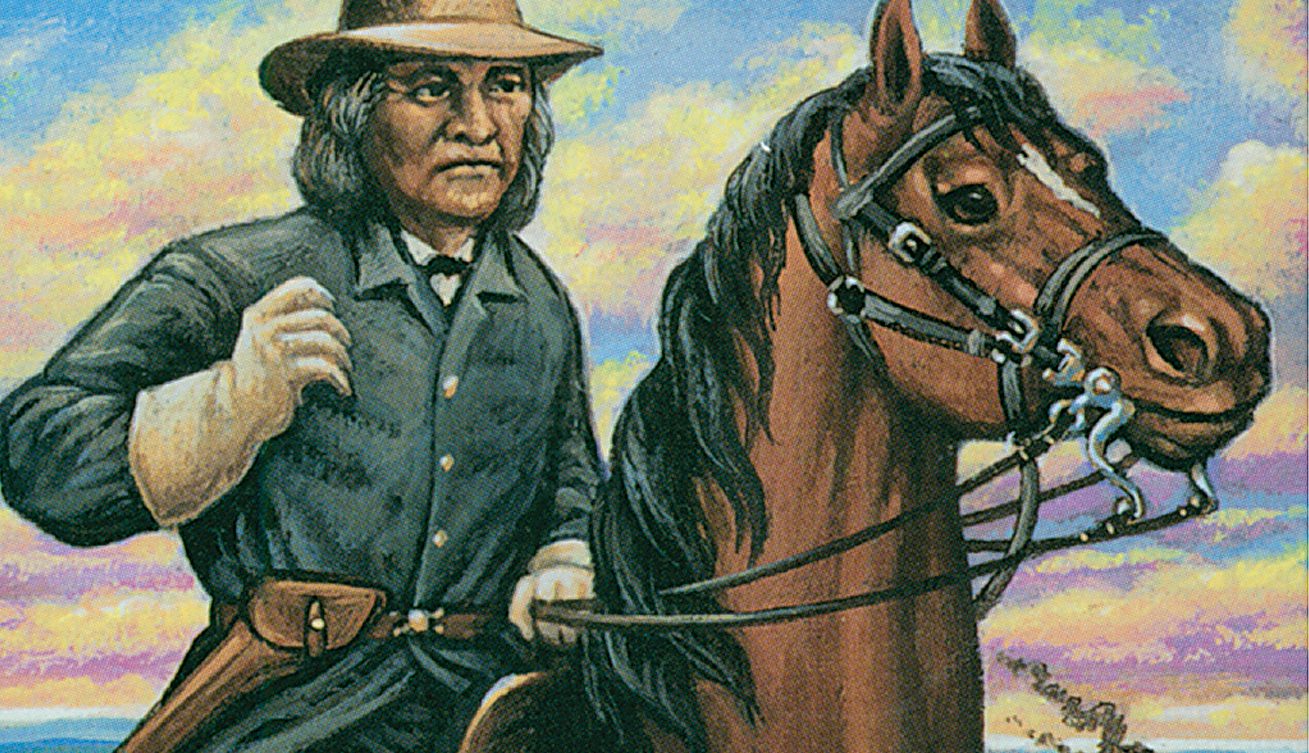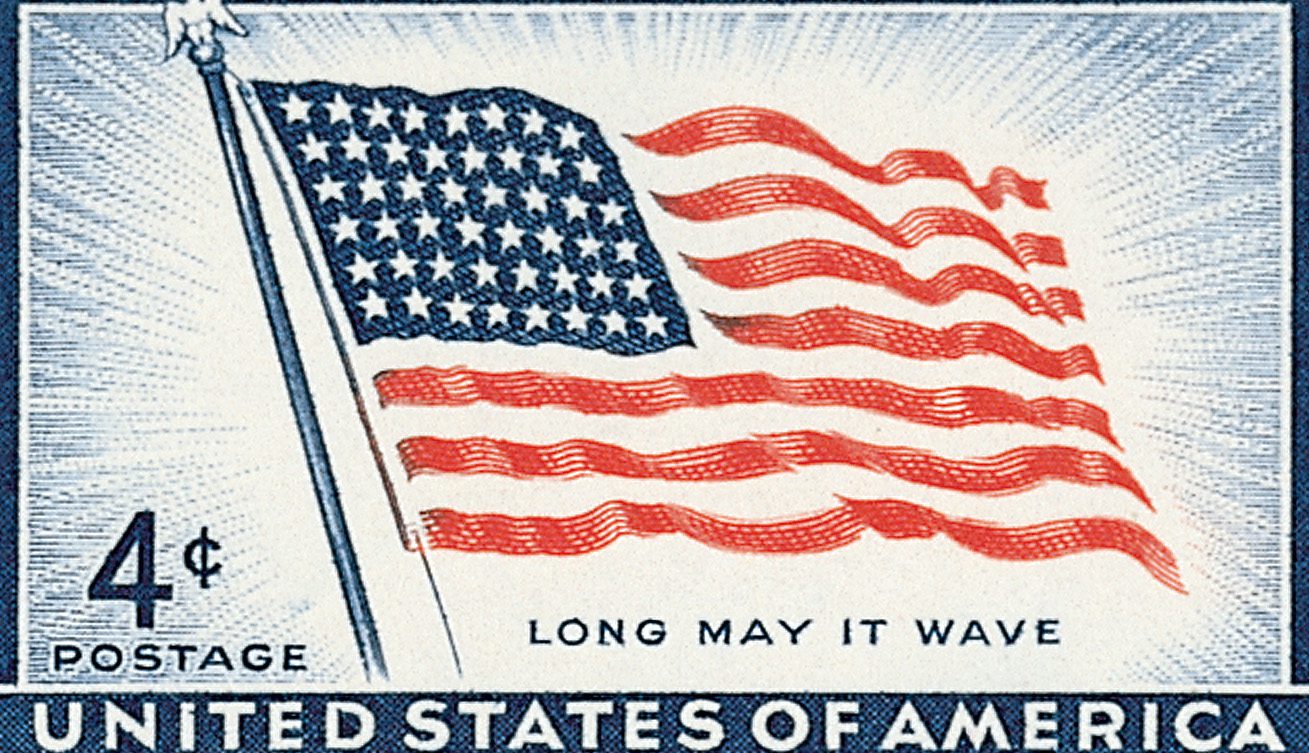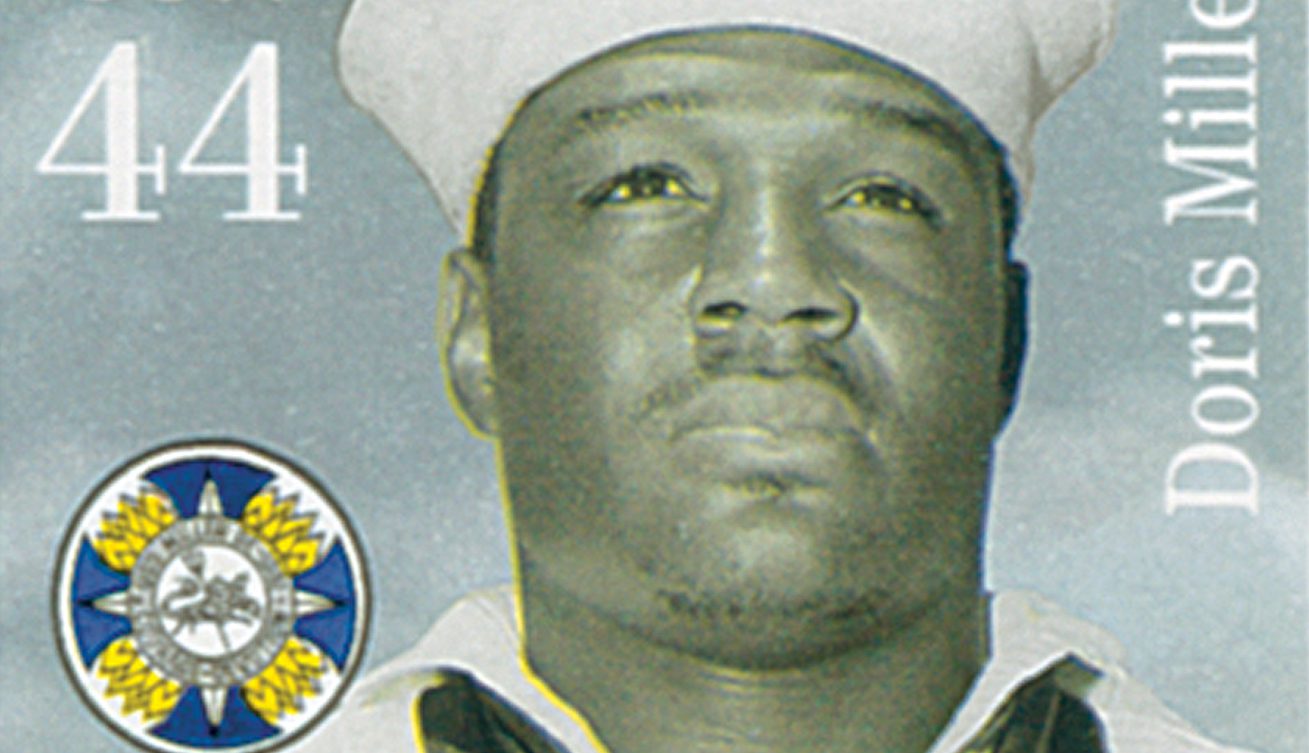The Battle of the Bulge
On December 16, 1944, the Battle of the Bulge began. It was one of the largest and bloodiest battles of the war to involve the United States.

On December 16, 1944, the Battle of the Bulge began. It was one of the largest and bloodiest battles of the war to involve the United States.

On December 15, 1944, big band leader and composer Glenn Miller was aboard a plane that disappeared over the English Channel. Miller had put his successful civilian music career on hold to serve in the US Army during World War II.

Stand Watie was born on December 12, 1806, in Oothcaloga, Cherokee Nation (present-day Calhoun, Georgia). Watie was the only Native American to achieve the rank of general during the Civil War and was the last Confederate general to surrender.

On December 7, 1941, Japan attacked Pearl Harbor. A day that will live in infamy, the attack prompted an unusual handling of the American flag, which became known as the Flag of Liberation.

On December 4, 1918, President Woodrow Wilson boarded a boat to Paris, becoming the first siting president to travel to Europe. He spent six months in France for the World War I peace talks in Paris.

On November 29, 1952, president-elect Dwight D. Eisenhower filled a campaign promise to visit Korea. He had been critical of Harry Truman’s handling of the Korean conflict and promised he would visit and bring an end to the war.

On November 28, 1922, skywriting was first used for advertising in American skies. It quickly grew in popularity, with advertisers finding a new way to deliver messages to a wider audience.

On November 25, 1783, the British Army left New York City following the American Revolutionary War. The date was celebrated for over a century as Evacuation Day, with celebrations rivaling those held on the Fourth of July.

US sailor Dorie Miller died on November 24, 1943, during the Battle of Makin. He had previously survived the attack on Pearl Harbor, for which he’d earned a Navy Cross.